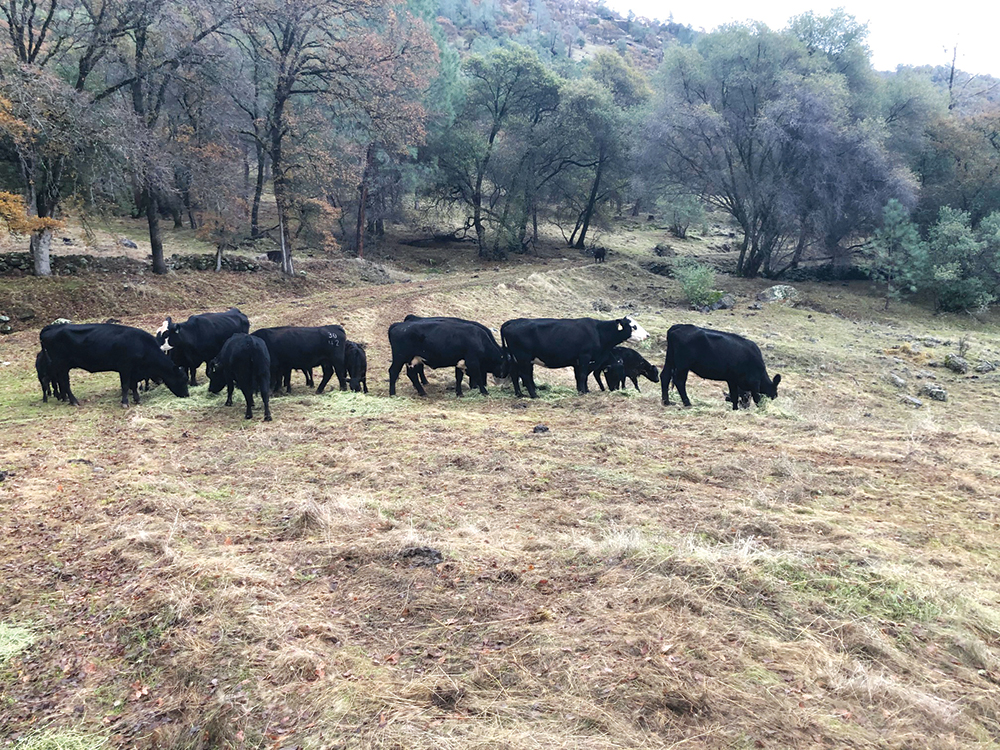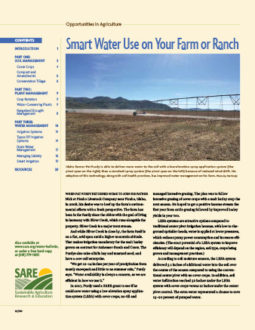Ranchers must prepare for the ever-present challenges posed by drought. They need practical ranch management options during drought to sustain soil health, plant diversity and livestock production while supporting rural economies in the western United States.
Rangeland livestock producers are often the first to feel the impacts of drought, especially in California, where the majority of precipitation and forage growth occurs in fall, winter and spring. Ranchers report lost grazing capacity and profits, as well as reduced calf weaning weights during dry years. And many are not prepared for frequent drought events.
Early Weaning Options

In a SARE-funded project that began in 2018, University of California rangeland specialists partnered with local ranchers to assess early weaning of beef calves as a drought management strategy. In a producer survey conducted prior to and following the conclusion of California’s 2012–2015 drought, project coordinators learned that while early weaning is done by significant numbers of ranchers, very little research has been conducted in annual rangeland systems to determine whether such a strategy is economically or ecologically beneficial.
While the project is ongoing, researchers learned during the first season that, as expected, early weaned calves were significantly lighter than traditionally weaned calves and did not gain as rapidly post weaning. Early weaned cows recovered their body condition score more rapidly than traditionally weaned cows, which may have bearing on conception rates in years following drought. The project team aims to develop guidelines that help individual ranchers decide when and how early weaning might work as a drought management strategy.
